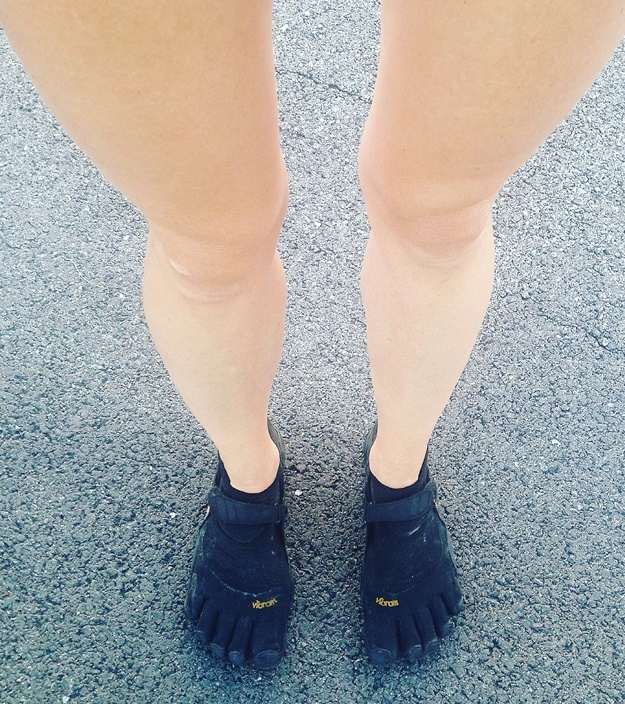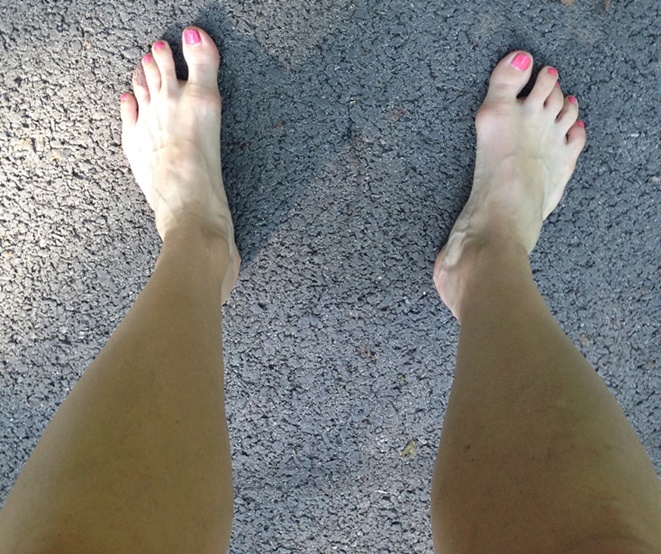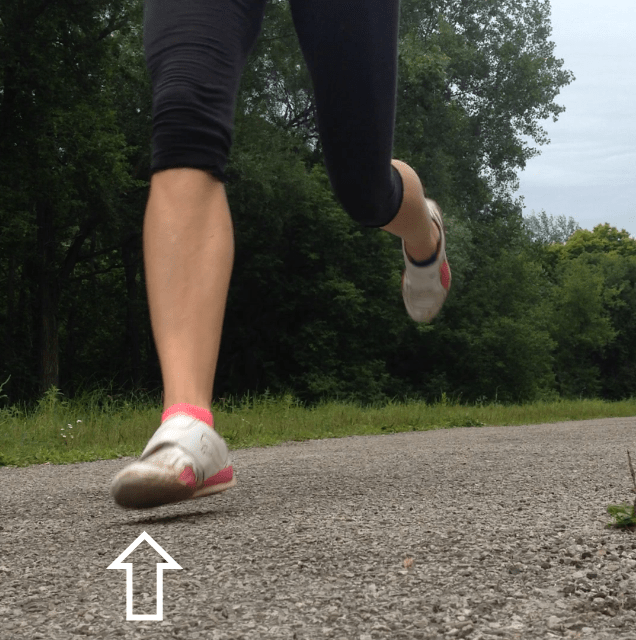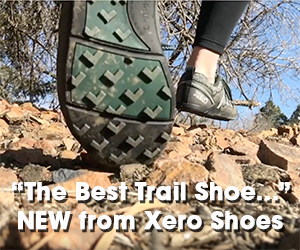There are some runners that are still skeptical and oppose minimalist shoes, yet we have lots of growing scientific proof that minimalist shoes allow for more widespread improvements in overall foot health. Conversely, the foots muscles remain unchallenged in a tighter, constraining space in conventional running shoes, leading to physical ailments, such as bunions and collapsed arches, and progressive degeneration of overall foot functional strength.


If you want to improve the shape and strength of your feet, you must spend more time walking, running and hiking in minimalist shoes, but definitely wearing barefoot shoes as much as you can when you’re walking. This is because for one, barefoot shoes are fully flexible and wide, allowing the feet to work independently. Also, you must feel the ground in order for necessary mechanical corrections to come. This is because ground-feel engages the brain in a unique manner that in turn engages the legs withdrawal reflexes to reacts more promptly and accurately in avoiding high impacts than when the feet are in traditional footwear.

Its for all these reason I make training in minimalist shoes priority, since they allow my feet to work and expand, and even better, I have the most maximum level of forefoot strike certainty when I run. This gives me and other runners the best chances to avoid injury.

There’s another way barefoot shoes strengthens your feet in ways traditional shoes could never do, and that is by supplying enough ground-feel to help you avoid a damaging heel strike, and instead, encourages a forefoot strike which is a proven way to quickly bulk up foot strength. Case in point:
A landmark study in the Journal of Sport and Health Science found that runners who habitually wore traditional running shoes achieved greater increases in flexor digitorum brevis volume after 12 weeks of running in minimalist shoes.
Another contributing factor for the increases in foot strength is the minimalist shoes encouraged a forefoot strike over a heel strike, whereby forefoot striking increased contractions in the muscles responsible for lowering and raising the arch. The increases in contractions directly improved foot strength and muscle tone.

- According to the authors of the study, the reason forefoot running caused this contraction in the foot is to stiffen the arch which resulted in a safer load transfer of the weight of the body during stance. At the same time, it also helped pull the metatarsals closer together to allow for greater muscle stabilization.
You can’t really accomplish much the same in traditional running shoes since these shoes are too narrow and rigid, leading to an abnormally narrow foot, and bunions. Worse still, the thick cushioning of conventional running shoes cause the foot’s sensory nerves to go offline, which reduces muscle tone and circulation, and eventually leads to deterioration of foot strength.
Knowing all this highlights the growing realization that natural, ergonomic substrates for the feet, like minimalist footwear, or even better, going barefoot more does the most good for your feet. Conversely, unergonomic footwear, like conventional running shoes, are a clear risk factor for injury, and therefore, leads to inconsistent progress because the design of these shoes goes against the natural function/pattern of our feet and suspends the engaging activity of the foot’s muscles, soft tissues and bones. This is why foot strength development can really only go so far if you keep locking your feet in regular running shoes.
Based on the best available evidence, it’s the most confirming that minimalist shoes are the best way to get the feet to work more effectively, and therefore, at the very least, you should be either walking barefoot or in minimalist shoes as much as you can to set the stage for feature progress!
The feet can be strengthened at any time, so why not start now because it literally is the BEST starting point!

References:
References: Miller et al. The effect of minimal shoes on arch structure and intrinsic foot muscle strength. J Sport Health Sci, 2014, 3, 74-85.

Bretta Riches
BSc Neurobiology; MSc Biomechanics candidate, ultra minimalist runner & founder of RunForefoot. I was a heel striker, always injured. I was inspired by the great Tirunesh Dibaba to try forefoot running. Now, I'm injury free. This is why I launched Run Forefoot, to advocate the health & performance benefits of forefoot running and to raise awareness on the dangers of heel striking, because the world needs to know.
Latest posts by Bretta Riches (see all)
- Heel Lifts Increase Injury in Runners - 16/04/2024
- Are Minimalist Shoes Good for Seniors? YES! - 14/04/2024
- BIG Deals On Running Gear And More! - 09/04/2024
